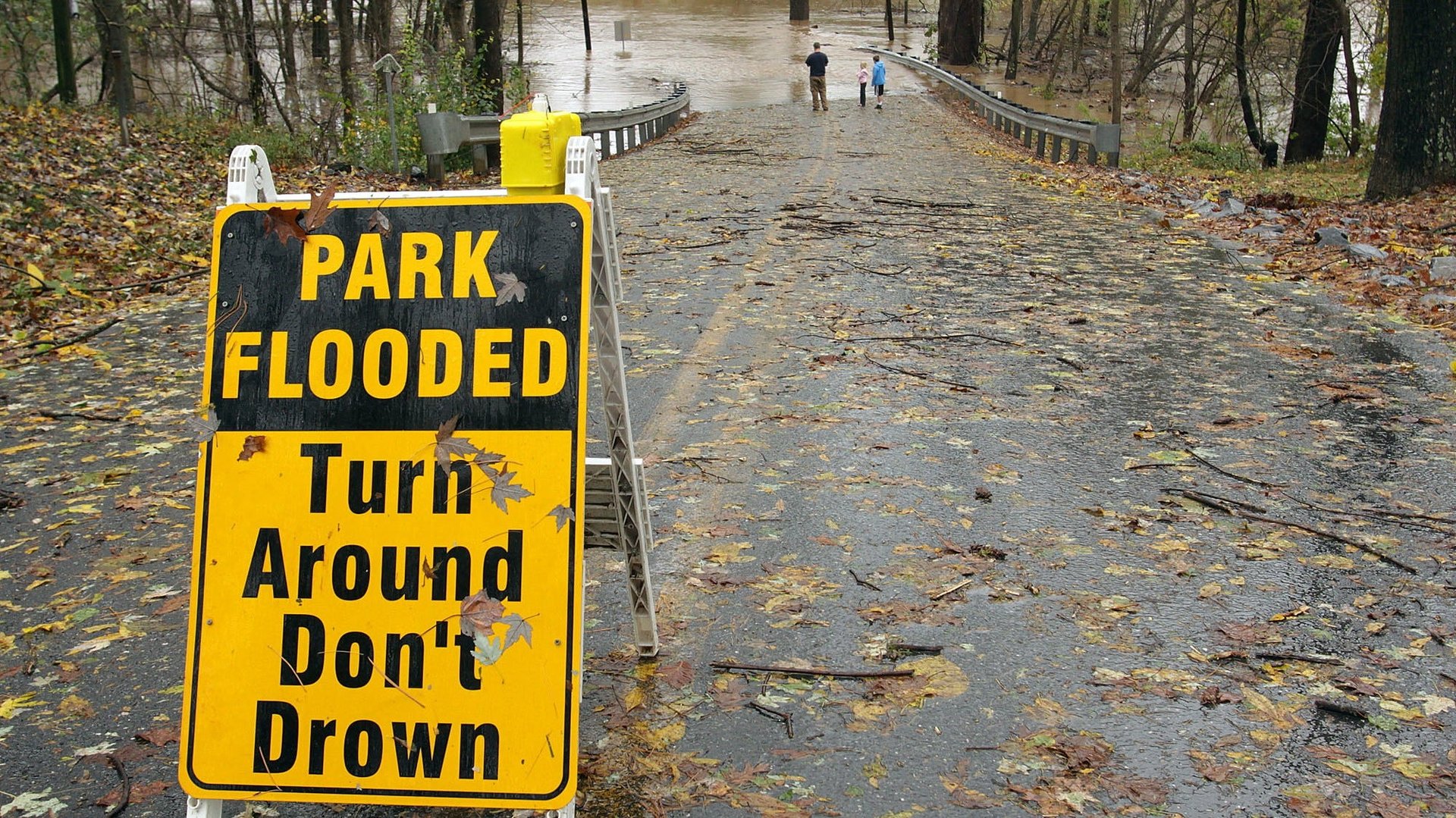Attention execs: Even post-Sandy, dealing with crisis is your business
Managers from New York to West Virginia launched crisis plans related to Mega-storm Sandy. But the next crisis could take any number of forms and strike without warning. For example, next week, it could be a general strike in Spain, Greece and elsewhere over government austerity measures or a spike in petroleum prices.


Managers from New York to West Virginia launched crisis plans related to Mega-storm Sandy. But the next crisis could take any number of forms and strike without warning. For example, next week, it could be a general strike in Spain, Greece and elsewhere over government austerity measures or a spike in petroleum prices.
“Crisis is the new normal,” said Davia Temin, a crisis and communications consultant in New York City who has weathered a few serious ones. Leaders need to prepare for them, and learn how to navigate them, she said, often guided by trusted advisors like her.
She runs a Crisis Game simulation for senior executives, and also helps companies develop plans for possible problems.
More and more, boards of directors at companies and universities want her to help them develop crisis plans, she says. “Great leaders plan for tough times. They plan for contingencies and they plan for crises. And then they know when to call it. ‘OK, we’re now into crisis mode.’ “
They cannot prepare for every scenario, she said, but they can prepare for 60% to 70% of the possible major crises.
She ticks off some of them–tsunamis, earthquakes, a car crash, an executive diagnosed with cancer, investment losses, betrayal, criminal activity, tampering, a quality crisis, a competitive crisis.
Justin Menkes, author of the book Better Under Pressure, documented behaviors or organizing principles leaders use when trouble roars at them. The key ones, he told me for a Fortune.com article last year, are their ability to
- find order in chaos,
- display realistic optimism and
- focus on the corporate goals or greater purpose
“The people who are going to thrive in the future are those who can use this pressure to excel, as oxygen,” said Menkes.
Temin, meanwhile, sees leaders’ biggest mistake as assuming they will bypass the most serious consequences of whatever problem is before them. In a blog post for Forbes.com, she wrote about the importance of resilience and improvisation as Sandy was threatening her beach house on the south end of Long Island.
Her list of traits needed to manage a crisis well includes
- the ability to see clearly the situation
- the ability to make the right decision in real time”
- a “moral true north” that helps everyone chart the right path
- an ability to communicate often and effectively
“In a crisis, business is not as usual… people are uncertain as to what to do,” Temin said said. Misinformation abounds and people need help with decisions and context. So she encourages her clients to convey clearly: “This is what we know now. This is what we do as of now…. We will recover and move forward.”
Temin’s biggest crisis occurred seven years ago when a New York City cab ran through red lights while driving her to a speech at Columbia University. As she sat in back practicing the talk, she anticipated a problem as they approached Park Avenue and rolled to the bottom of the taxi, which she believed was the most durable part.
The taxi driver died. Temin survived, and spent a month in the hospital recovering.
She didn’t take it lying down. While still hospitalized, she signed a lease on larger quarters for her communications firm, and advised clients who were in crisis mode.
“I’m a fighter,” she said. “I never entertained the notion for one moment that I wasn’t going to get my life back.”
The lesson she learned was simple: Focus on moving forward, improving your lot. “I want to move on. … When it gets rough, you redouble your efforts. You quadruple your efforts. You run into it, not away from it.”
Follow Vickie Elmer on Twitter @WorkingKind.